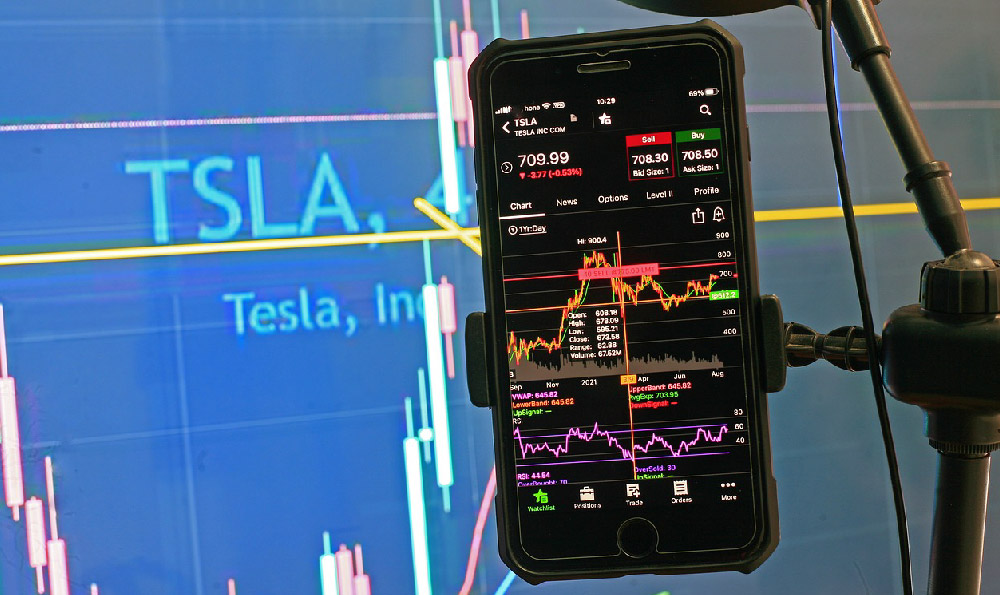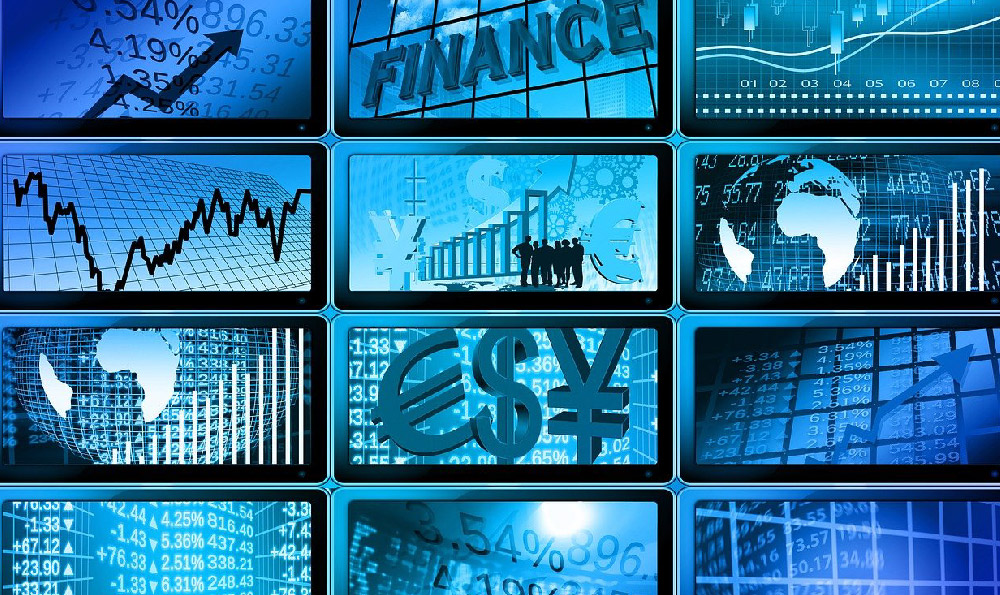How much will I earn on YouTube: Potential income or pipedream?
Okay, let's dive into the world of YouTube earnings and dissect the question: "How much will I earn on YouTube: Potential income or pipedream?"
The truth, as with most endeavors involving online monetization, lies somewhere in between. YouTube success and substantial income generation are absolutely achievable, but they are rarely the result of overnight magic. They demand dedication, strategy, and a realistic understanding of the platform's intricate mechanics. The reality is, making a significant income on YouTube isn’t always guaranteed, especially if approached without a well-defined plan. Many factors are at play, and understanding these intricacies is vital for setting realistic expectations and maximizing your chances of success.
One of the most significant misconceptions is that accumulating subscribers automatically translates to wealth. While a large subscriber base certainly helps, it's the engagement of those subscribers that truly matters. A channel with 100,000 inactive subscribers is far less valuable than a channel with 10,000 highly engaged viewers who regularly watch videos, leave comments, and share content. Therefore, cultivating a loyal community should be your primary focus. This entails responding to comments, soliciting feedback, and consistently delivering content that resonates deeply with your target audience. Building a genuine connection with your viewers is crucial for sustained growth and monetization.

Let's talk about monetization methods. The most obvious and widely known is YouTube's Partner Program (YPP), which allows you to run ads on your videos. To be eligible for YPP, you need at least 1,000 subscribers and 4,000 valid watch hours in the past 12 months. This is the first hurdle, and it’s designed to weed out channels that are simply churning out low-quality content.
Once you're accepted into the YPP, your earnings are primarily determined by the cost per mille (CPM) and the revenue per mille (RPM). CPM is the amount advertisers pay for 1,000 ad impressions, while RPM is the actual revenue you earn per 1,000 views after YouTube takes its cut (typically 45%). CPM and RPM can fluctuate wildly depending on several factors, including the niche of your channel, the geographic location of your viewers, and the time of year. For instance, channels focused on finance or technology tend to have higher CPMs than channels focused on gaming or entertainment because advertisers are willing to pay more to reach those demographics. Similarly, CPMs tend to be higher during the holiday season when advertisers are aggressively competing for viewers' attention.
To provide some tangible numbers, let's assume your channel has an RPM of $5. This means you earn $5 for every 1,000 views. If a video gets 100,000 views, you'll earn $500. This sounds promising, but remember that generating consistent views requires a strategic content plan and effective promotion. Relying solely on ad revenue can be limiting, especially for smaller channels.
Beyond ad revenue, there are several other ways to monetize your YouTube channel. Affiliate marketing involves promoting products or services in your videos and earning a commission for every sale generated through your unique affiliate link. This can be a highly lucrative option if you promote products that align with your audience's interests and provide genuine value. For example, a beauty vlogger could promote specific makeup brands, or a tech reviewer could promote the latest gadgets.
Another avenue is sponsorships, where brands pay you to feature their products or services in your videos. Landing sponsorships typically requires a larger subscriber base and a proven track record of engagement. However, the payouts can be significantly higher than ad revenue or affiliate commissions.
Selling merchandise is yet another way to monetize your channel. This could include t-shirts, hoodies, mugs, or any other product that resonates with your brand and audience. This requires upfront investment in design and production, but it can be a great way to build brand loyalty and generate additional income.
Crowdfunding platforms like Patreon allow your viewers to support your channel with recurring monthly contributions. This is a viable option if you provide valuable and consistent content that your audience is willing to pay for. You can offer exclusive perks and rewards to your patrons to incentivize their support.
Finally, you can use your YouTube channel to promote your own products or services. If you're a musician, you can sell your music. If you're a consultant, you can offer your services. This is a great way to leverage your YouTube audience to build your business.
To realistically assess your potential earnings, you need to conduct thorough research. Analyze similar channels in your niche to get a sense of their subscriber counts, view counts, and monetization strategies. Use tools like Social Blade to estimate their potential earnings. Understand that these are just estimates, but they can provide a valuable benchmark.
Building a successful YouTube channel takes time, effort, and a willingness to adapt. You need to consistently create high-quality content, promote your videos effectively, and engage with your audience. Don't be discouraged by initial setbacks. Learn from your mistakes, experiment with different strategies, and stay persistent. The journey to YouTube success is a marathon, not a sprint. It requires patience, resilience, and a genuine passion for creating content that resonates with your audience. So, is YouTube income a potential income or a pipedream? It's a potential income achievable through hard work, strategy, and a realistic understanding of the landscape. It’s not a get-rich-quick scheme, but a viable business venture for those willing to commit the time and effort required.















